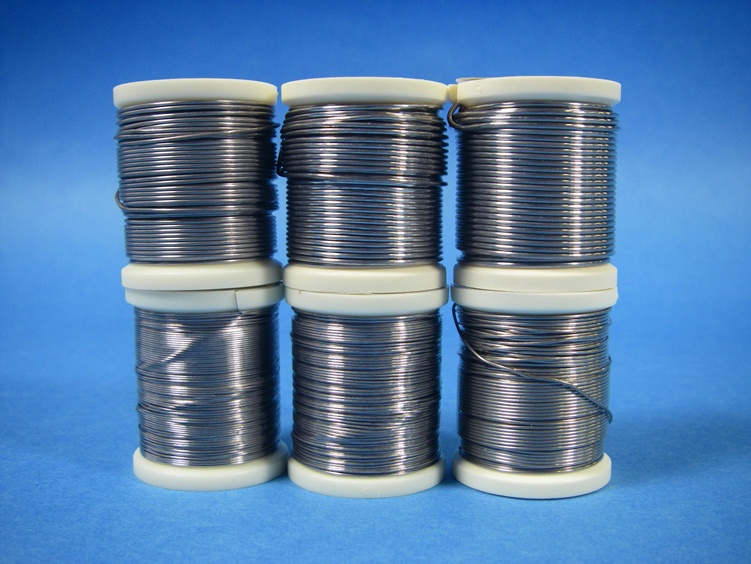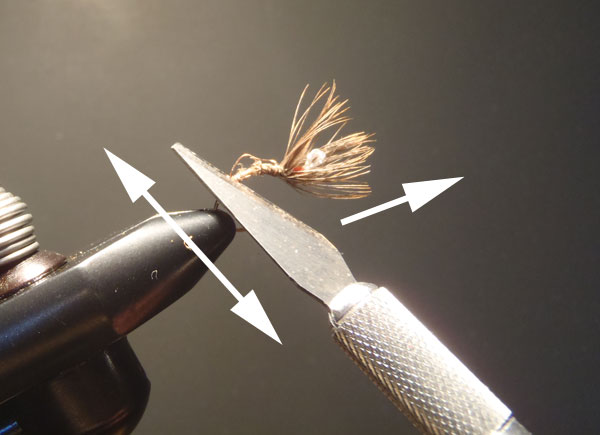The age old question that's on every new fly tyers mind is "what materials do I buy"? Most experienced tyers usually answer back with "pick out 5-10 patterns you want to tie and buy those materials". I know that is my usual answer.
Another option is to buy a basic fly tying kit that has the tools and materials to at least get a new tyer started in tying flies. The materials in these kits are not always of better quality and are mostly frowned upon by experienced tyers.
Last but not least, another option is to try and provide a beginner fly tyer with a simple list of about 15-20 items that should provide a fair amount of materials to get a new fly tyer going. That is what I am going to attempt. I know there will be a lot of different opinions on what should be a basic list of materials. This list is simply a list based on my experience in fly tying. The list provided below is for a new tyer who wants to tie trout flies but can spill over to different genres of fly tying.
This list is in no order of preference
1. Hooks (in different styles and sizes)
2. Thread (6/0 to start in black & white)
3. Pheasant Tail (center feathers when possible for the longest fibers)
4. Peacock Herl (eye feathers and strung herl)
5. Marabou (blood quills are better)
6. Deer hair
7. Elk hair
8. Buck tail (in different colors like red, yellow, or white)
9. Lead or non-lead wire (in different sizes)
10. Ribbing wire (silver, copper & gold)
11. Rooster Hackle (grizzly, brown, white & dun) A good option is an introduction pack
12. Hen neck or saddle (grizzly, brown, dun etc) (great for soft hackle & wings)
13. Hungarian Partridge Skin (great for soft hackles)
14. Dubbing dispenser of hares ear (various colors)
15. Gray duck or goose wing feathers (used for wing cases)
16. Head cement
17. Tinsel and other flash materials (in assorted colors)
18. Calf tail (start with white)
19. Yarns & chenille (used for making bodies, both in assorted colors)
20. Floss (1 strand or 4 strand in assorted colors)
Please remember the list shown above is relatively simple and should provide a new fly tyer with the materials to tie quite a number of fly patterns.
As always, thanks for looking







